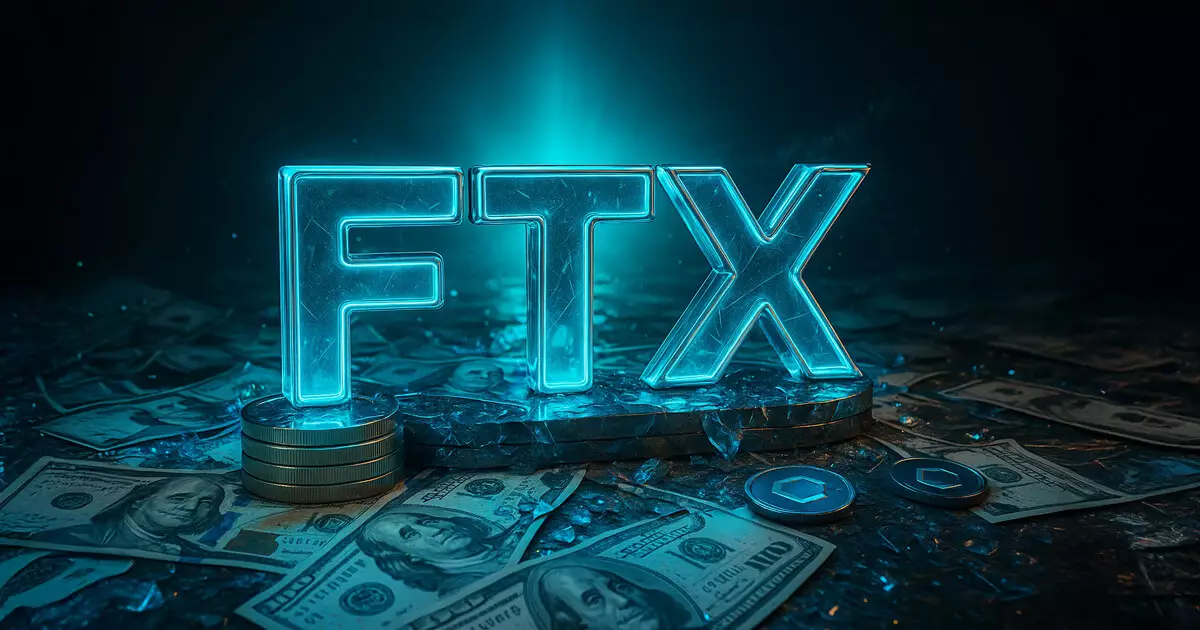The cryptocurrency market has always been a rollercoaster ride, marked by wild swings in price and sentiment. The recent $5 billion repayment by the FTX Recovery Trust could be the much-needed shot in the arm our beleaguered digital asset ecosystem has been waiting for. Analysts from Coinbase are making bold claims that this round of repayments will catalyze a substantial injection of liquidity into the market. Unlike its predecessor in February, which was couched in uncertainty and mixed assets, this repayment round, focused exclusively on stablecoins, opens the door to immediate reinvestment opportunities for creditors and offers a far more stable baseline compared to cash and crypto distributions.
Market Psychology: The Ripple Effect of Confidence
It’s essential to consider the psychological impact of these repayments. Last February, the market reacted tepidly to approximately $7 billion in distributions due to a negative sentiment that pervaded the landscape, driven by macroeconomic pressures and tariff uncertainties. This time around, however, the atmosphere feels different. With Bitcoin hitting record highs and institutional interest picking up steam, the conditions appear far more conducive for a resurgence. The ability for institutional investors to quickly redeploy capital without the cumbersome frictions usually associated with moving traditional assets gives them a rare opportunity to leverage this liquidity boost effectively.
The Divvy: Who Wins and Who Loses?
This distribution isn’t merely a matter of numbers; it also foregrounds a complex tier system that defines who benefits the most. Institutional claimants stand to gain the most substantial returns, with expected recovery rates hitting 72%. Meanwhile, U.S. customers will only see about 54%. Such a disparity creates a perception of inequality within the ecosystem. Are we fostering an environment that rewards large players while leaving the small investors—those with “convenience claims”—feeling shortchanged despite their recovery rate of 120%?
The Role of Stablecoins: A Cautious Embrace of Opportunity
Perhaps the most revolutionary aspect here is the use of stablecoins for these repayments. Historically, the crypto market has been rife with volatility, a characteristic that deters traditional investors. The focused use of stablecoins offers an air of assuredness, although “stability” in crypto is subjective at best. This choice could lure institutional investors back into the fold, providing ample opportunity for liquidity while mitigating risk. However, one must remain skeptical—are we truly seeing a healthy shift, or merely a sugar rush that could lead to another crash down the line?
Regulatory Clarity: A Double-Edged Sword
In this evolving landscape, U.S. lawmakers have made strides toward regulatory clarity, lifting some of the fog that has lingered over the crypto space. While this promises to foster a more stable environment, it’s essential to recognize that regulations can often lead to stifling innovation. The regulatory framework built around these repayments could either enhance investor confidence or introduce burdensome constraints. Are we witnessing an era of responsible governance, or are the regulators angling to assert total control over a decentralized space meant to operate independently?
The $5 billion repayment by the FTX Recovery Trust is shaping up to be a significant event in the crypto landscape. It will offer limited short-term gains but may pave the way for a more robust and stable ecosystem in the long run.















